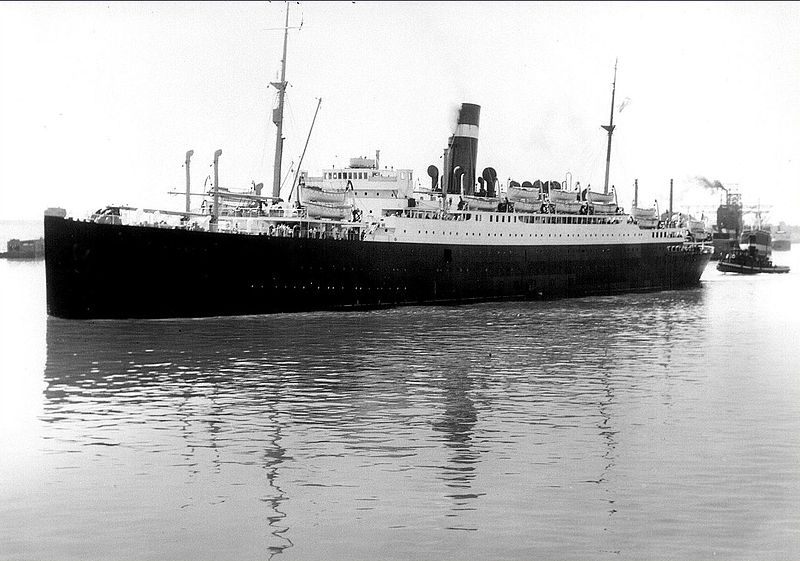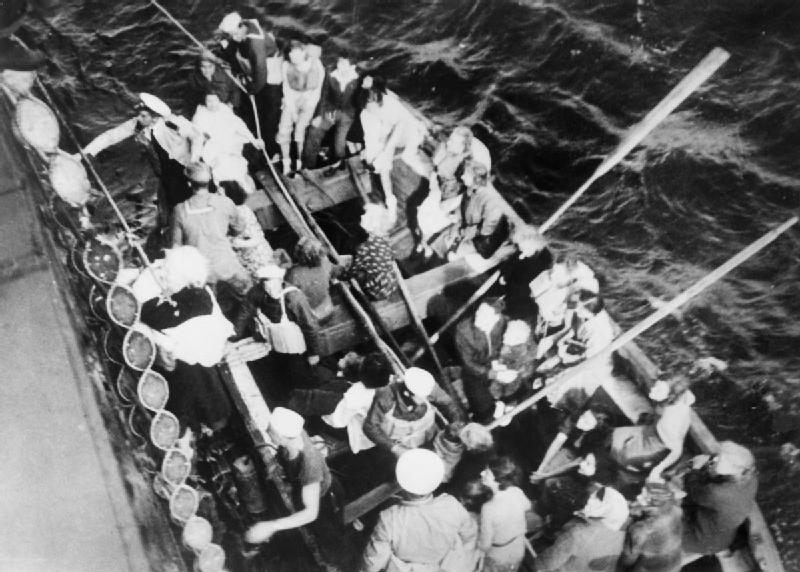Found: The Wreck of the Very First Ship Sunk in World War II
The Athenia was torpedoed the day England and Germany went to war.

War happens fast. When the passengers on the SS Athenia, a British passenger liner, left Glasgow on a fall day in 1939, the world was not officially at war, though tensions between Germany and England were reaching a breaking point. Two days later Prime Minister Neville Chamberlain went on the radio at 11 a.m. and announced that the country was at war with Germany.
Less than 9 hours later, around 7:40 p.m., a German U-boat torpedoed the Athenia, and it sank slowly into the ocean, finally disappearing the next morning, just 24 hours after the war’s official start.
During World War II, thousands of ships sank, and most of them have been rusting anonymously beneath the ocean waters, including the Athenia. Now, though, a shipwreck hunter believes he has relocated it.
At the behest of the BBC, David Mearns went looking for the wreck of the Athenia and found it without ever venturing out on the water. Scanning sonar data from the Geological Survey of Ireland, he found the signature of a boat with the dimensions of a 1930s liner, near the location the Athenia reported sinking, with a split in the aft section that looks to have been cause by a torpedo.

“There’s a very, very high probability that that’s Athenia,” Mearns told the BBC. “Everything fits.” A remotely operated vehicle sent down to the wreck could confirm its identity with more certainty.
It’s not so uncommon, even decades after World War II, for long-lost wrecks to be relocated. Just this week, an Australian ship, the SS Macumba, sunk by Japanese aircraft in 1943, was found relatively intact—still standing upright, Mashable reports. Better sonar data and ROVs have made it easier to locate and study ships that fell deep into the water.
But finding and publicizing the locations of these ships can also endanger them. As The Guardian has reported, some wrecks have disappeared, the victims of salvagers who illegally dismantle the boats for their metal. The United Nations does have convention to protect cultural heritage underwater, but not all member states have ratified it. The ocean is vast and not exactly convenient to police or map. Which means there are still many more World War II wrecks—war graves, really—out there waiting to be rediscovered.















Follow us on Twitter to get the latest on the world's hidden wonders.
Like us on Facebook to get the latest on the world's hidden wonders.
Follow us on Twitter Like us on Facebook